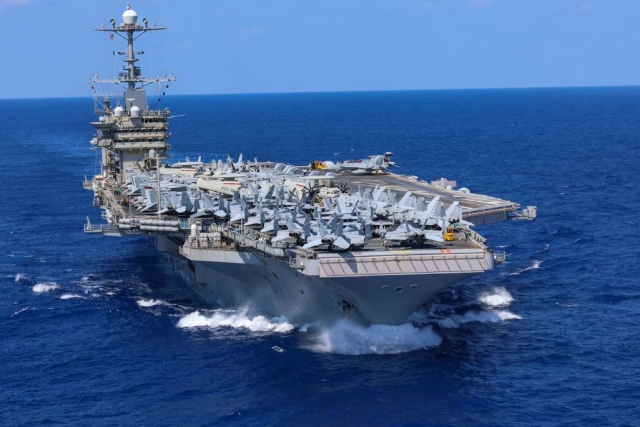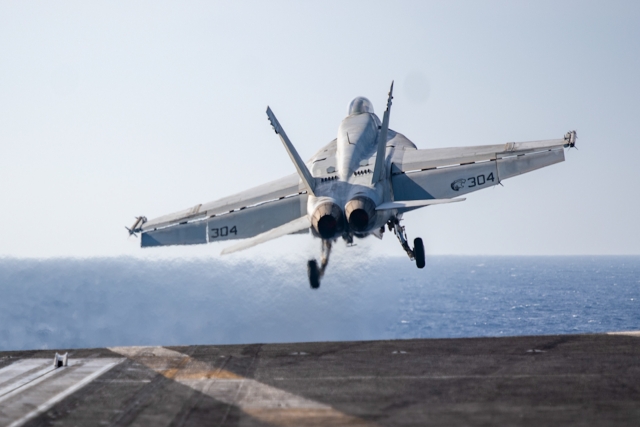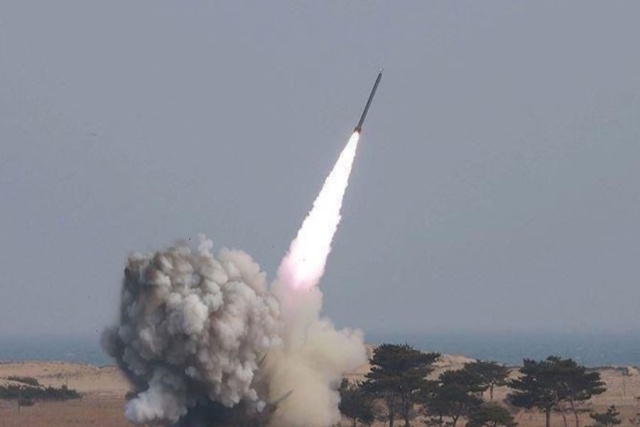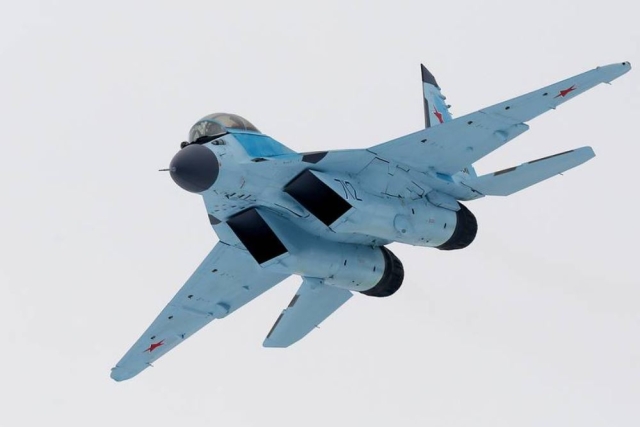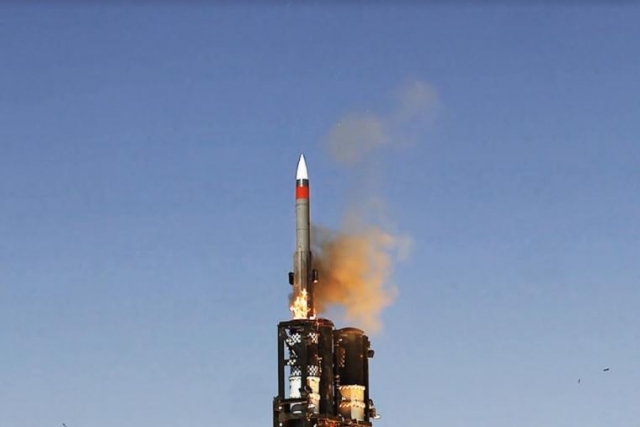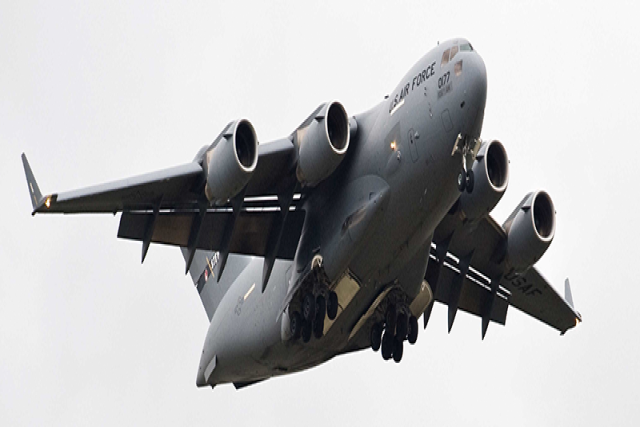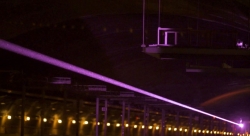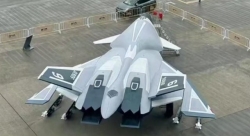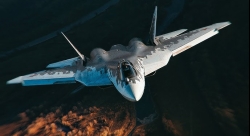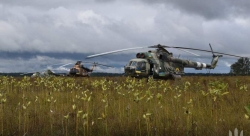U.S.A.F Uses Laser-Guided Rockets against Houthi Drones; Houthis Claim 16th MQ-9 Reaper Downed
APKWS II rocket, originally an air-to-ground weapon, was recently adapted for air-to-air use against drones.
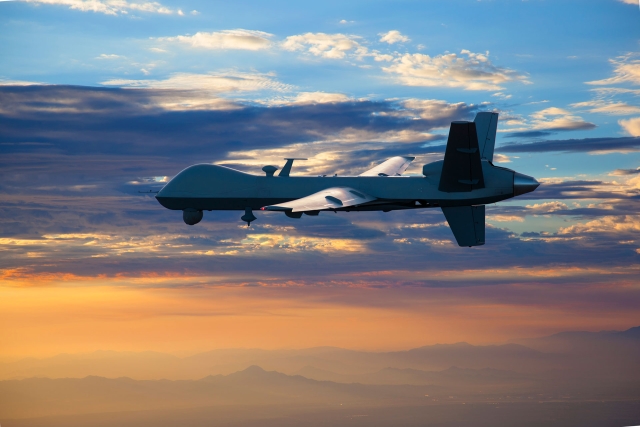
Yemen’s Houthi rebels have reportedly shot down another U.S. MQ-9 Reaper drone over Dhamar Governorate, which, if confirmed, would be the 16th such incident since 2023, while the U.S. Air Force said it used laser-guided APKWS II rockets for the first time to counter Houthi threats.
The U.S. has not confirmed the Reaper claim, and no visual evidence has been provided by the Houthis. The drone, primarily used for surveillance and strike missions, is valued at approximately $30 million, bringing the estimated total cost of all downed MQ-9s to over $500 million.
Meanwhile, the Houthis also launched a ballistic missile toward Israel, identified as the Palestine-2, which was intercepted by the Israeli Air Force before it entered Israeli airspace. The attack follows the Houthis' renewed threats to strike Israel in support of Hamas. While no direct injuries were reported, Israeli emergency services treated individuals for anxiety and minor injuries sustained while seeking shelter.
APKWS II: Laser-Guided Rockets Used in Air-to-Air Role against Houthi Drones
The U.S. military confirmed using 70mm Advanced Precision Kill Weapon System II (APKWS II) rockets in an air-to-air role against Houthi one-way attack drones. Originally air-to-ground munitions, APKWS IIs have been launched from U.S. Air Force F-16s to intercept airborne threats.
On March 19, U.S. Central Command (CENTCOM) released footage of APKWS II rockets destroying Houthi drones, without disclosing the time or location. Recent U.S. military operations have included counter-drone efforts over the Red Sea.
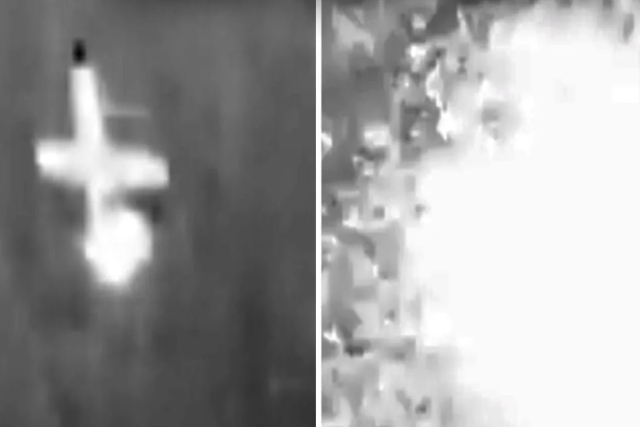
F-16s carry APKWS II rockets in seven-shot pods alongside AIM-9 and AIM-120 missiles. The laser-guided rockets work with LITENING targeting pods, which designate drone targets independently or via radar-assisted tracking.
CENTCOM’s release also referenced the "FALCO" variant of APKWS II, marking the first mention of this designation. FALCO appears to be part of the Air Force’s Fixed Wing, Air Launched, Counter-Unmanned Aircraft Systems Ordnance (FALCO) program, a BAE Systems-developed capability aimed at improving air-launched counter-drone operations. The program seeks to adapt existing air-to-ground munitions for air-to-air engagements, focusing on cost-effective and high-capacity solutions for countering drone threats.
APKWS II offers a cost-effective alternative to air-to-air missiles, costing $15,000–$20,000 compared to AIM-9X ($450,000) and AIM-120 ($1 million). Given that Houthi drones cost tens of thousands of dollars, APKWS II provides a financially viable air defense solution.
Effective against slow-moving targets like drones and subsonic cruise missiles, APKWS II relies on laser designation and is not designed for dogfighting. However, its ability to expand magazine depth is a key advantage—an F-16 with a seven-shot pod doubles its engagement capacity compared to a standard air-to-air missile loadout.
U.S. and coalition forces have destroyed over 325 Houthi drones since January 2024, including more than 200 in-flight. The Air Force has also tested APKWS II in Japan, highlighting its potential beyond the Middle East. With ongoing conflicts involving Iranian-backed forces, APKWS II remains a key asset for counter-drone operations in the Red Sea and other regions.
